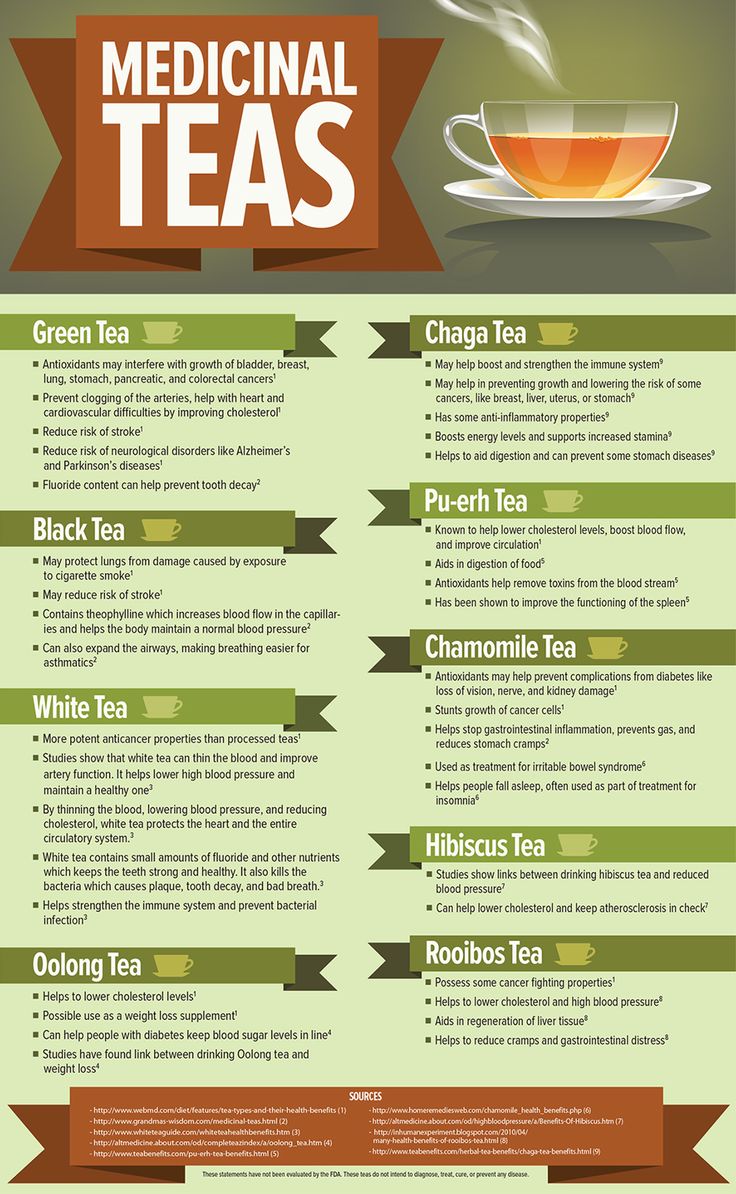In the realm of herbal remedies, you’ve likely heard of Echinacea, willow bark, and aloe – each celebrated for its unique healing properties. However, what you might not be as familiar with are the incredible insights and treatments discovered and employed by American Indian medicine men. These ancient healers developed a holistic approach to medicine, relying heavily on the remarkable benefits of indigenous plants, trees, fruits, and flowers unique to North America.
In a world where modern medicine often takes center stage, the wisdom of Native American tribes and their profound knowledge of nature’s gifts should not be overlooked. Their remedies, passed down through generations, offer a treasure trove of healing potential.
Exploring Native American Herbal Wisdom
This article is your gateway to uncovering the natural wonders of Native American herbal medicine. We’ll explore a diverse range of indigenous plants, each with its own surprising set of benefits. These remedies are not just for times of hardship, but can also be integrated into your daily life, given the remarkable effectiveness of some of these botanical wonders.
Get ready to embark on a journey of discovery as we delve into the therapeutic properties of plants like Alfalfa, Aloe, Aspen, Bee pollen, and many more. From digestive aids to pain relievers, immune boosters to fever soothers, the wisdom of Native American medicine is about to come to life in your very own home. So, let’s begin this exploration and unlock the potential of these time-honored remedies.
Native American Herbal Remedies: Nature’s Hidden Gems
1. Alfalfa: Relieves digestion and is used to aid blood clotting. Contemporary uses included treatment of arthritis, bladder, and kidney conditions and bone strength. Enhances the immune system.
2. Aloe: A cactus-like plant. The thick leaves can be squeezed to extrude a thick sap that can be used to treat burns, insect bites and wounds.
3. Aspen: The inner bark or xylem is used in a tea to treat fever, coughs, and pain. It contains salicin, which also is found in willow trees and is the foundation ingredient for aspirin.
4. Bee pollen: When mixed with food it can boost energy, aid digestion and enhance the immune system. If you’re allergic to bee stings, you will most likely be allergic to bee pollen.
5. Beeswax: Used as a salve for burns and insect bites, including bee stings. Intended to only be used externally.
6. Blackberry: The root, bark and leaves when crushed and infused in a tea are used to treat diarrhea, reduce inflammation and stimulate the metabolism. As a gargle it treats sore throats, mouth ulcers and inflammation of the gums.
7. Black Raspberry: The roots of this plant are crushed and used as a tea or boiled and chewed to relieve coughs, diarrhea, and general intestinal distress.
8. Buckwheat: The seeds are used in soups and as porridge to lower blood pressure, help with blood clotting and relieve diarrhea.
9. Cayenne: The pods are used as a pain reliever when taken with food or drunk in a tea. Also used to treat arthritis and digestive distress. It is sometimes applied to wounds as a powder to increase blood flow and act as an antiseptic and anesthetic to numb the pain.
10. Chamomile: The leaves and flowers are used as a tea to treat intestinal problems and nausea.
11. Chokecherry: Considered by Native American tribes as an all-purpose medicinal treatment, the berries were pitted, dried and crushed into a tea or a poultice to treat a variety of ailments. These include coughs, colds, flu, nausea, inflammation, and diarrhea. As a salve or poultice, it is used to treat burns and wounds. The pit of the chokecherry – much like apple seeds – are poisonous in high concentrations. Be sure to pit the cherries if you’re considering this for any use.
12. Echinacea: Also known as purple coneflower, this is a classic Native American medicine that is used to strengthen the immune system, fight infections and fever. It is also used as an antiseptic and general treatment for colds, coughs, and flu.
13. Eucalyptus: The oil from the leaves and roots is a common treatment when infused in a tea to treat coughs, sore-throat, flu and fever. It’s used to this day as an ingredient in cough drops.
14. Fennel: A plant with a licorice flavor, this is used in a tea or chewed to relieve coughs, sore-throat, aid digestion, offer relief to diarrhea and was a general treatment for colds. It is also used as a poultice for eye relief and headaches.
15. Feverfew: Used to this day as a natural relief for fever and headaches – including severe headaches like migraines – it also can be used for digestive problems, asthma, and muscle and joint pains.
16. Feverwort: Another fever remedy that also is used for general pain, itching and joint stiffness. It can be ingested as a tea or chewed, or crushed to a paste as a salve or poultice.
17. Ginger root: Another super plant in Native American medicine, the root was crushed and consumed with food, as a tea or a salve or poultice. Known to this day for its ability to aid digestive health, it also is anti-inflammatory, aids circulation and can relieve colds, coughs and flu, in addition to bronchitis and joint pain.
18. Ginseng: This is another contemporary herb that has a history that goes back across cultures for millennia. The roots were used by Native Americans as a food additive, a tea, and a poultice to treat fatigue, boost energy, enhance the immune system and help with overall liver and lung function. The leaves and stems also were used, but the root has the most concentration of active ingredients.
19. Goldenrod: Commonly thought of today as a source of allergies and sneezing, it was actually considered another all-in-one medicine by Native Americans. As a tea, an addition to food and a topical salve, it is used to treat conditions from bronchitis and chest congestion to colds, flu, inflammation, sore throats and as an antiseptic for cuts and abrasions.
20. Honeysuckle: The berries, stems, flowers, and leaves are used to topically treat bee stings and skin infections. As a tea, it is used to treat colds, headaches and sore throat. It also has anti-inflammatory properties.
21. Hops: As a tea it is used to treat digestive problems and often mixed with other herbs or plants, such as aloe, to soothe muscles. It is also used to soothe toothaches and sore throat.
22. Licorice: Roots and leaves can be used for coughs, colds, sore throats. The root can also be chewed to relieve toothaches.
23. Mullein: As an infusion in tea or added to a salad or other food, this is a plant that has been used by Native Americans to treat inflammation, coughs, and congestion and general lung afflictions. It is quite common, and you probably have it growing in your backyard or somewhere close.
24. Passion flower: The leaves and roots are used to make a tea to treat anxiety and muscle pain. A poultice for injuries to the skin such as burns, insect bites and boils can also be made from passion flower.
25. Red clover: It grows everywhere and the flowers, leaves and roots are usually infused in a tea or are used to top food. It is used to manage inflammation, improve circulation and treat respiratory conditions.
26. Rose hip: This is the red to orange berry that is the fruit of wild roses. It is already known to be a massive source of vitamin C. and when eaten whole, crushed into a tea or added to food. It is used to treat colds and coughs, intestinal distress, as an antiseptic and to treat inflammation.
27. Rosemary: A member of the pine family and used in food and as a tea to treat muscle pain, improve circulation and as a general cleanser for the metabolism.
28. Sage: A far-reaching shrub across much of North America, it is a natural insect repellent and can be used for the standard list of digestive disorders, colds and sore throat.
29. Spearmint: Used consistently by Native American tribes for treatment of coughs, colds, respiratory distress and as a cure for diarrhea and a stimulant for blood circulation.
30. Valerian: The root as an infusion in a tea relieves muscle aches, pain and is said to have a calming effect.
31. White Pine: Ubiquitous, and the needles and the inner bark can be infused in a tea. Used as a standard treatment for respiratory distress and chest congestion.




